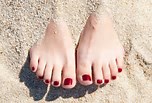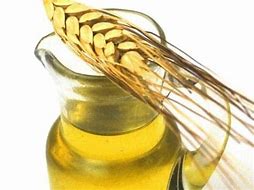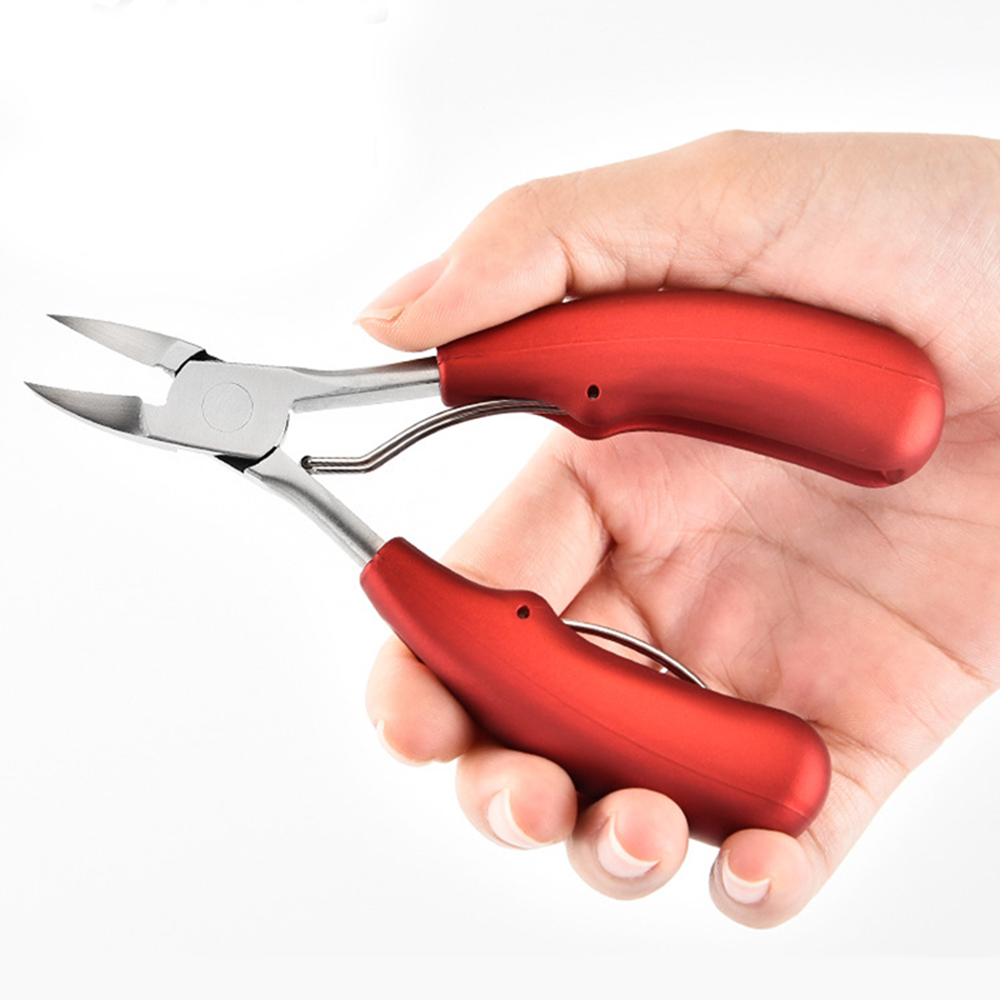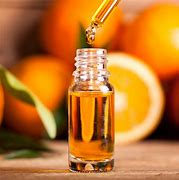Athlete's Foot




Athletes's Foot
Athlete's Foot is an infection of the skin caused by a fungus. Fungus is always living on our skin. Most of the time, this fungus is held in check by our immune system. Occasionally, however, when con ditions are right, the fungus can overwhelm our natural defenses and flare up, by either rapidly reproducing on the surface of the skin or by infecting tiny scapes or tears in the skin.
The most common symptoms of Athlete's Foot are redness with itching. Flaking skin on the bottom of the foot. Some forms of athlete's foot cause moist, white, peeling skin between the toes or small fluid-filled blisters on the arch. Other symptoms including burning and odor. if untreated, athlete's foot can contribute to fungal infection of the toenails and secondary bacterial skin infections. Even with diligent treatment some people are vulnerable to recurrences.
In addition to good foot hygiene, treatment of athlete's foot requires medication. Seventy to 80 percent of athlete's foot infections respond to topical , over-the-counter treatments. A doctor's care may be needed for stubborn cases of athlete's foot(those that do not respond to treatment within one or two weeks). He or she may run diagnostic lab tests to confirm the diagnosis and to decide if treatment with prescription medication is necessary.
Sloughing, or peeling skin between the toes can be a sign of a particularly stubborn form of athlete's foot that involves a bacterial infection as well as a fungal infection. This form is most commonly seen between the fourth and fifth toes. Treatment is the same as that for opther athlete's foot outbreaks: wash and thoroughly dry the feet and apply an antifugal powder on a daily basis.In some cases, placing swatches of cotton or lamb's wool between the toes is also helpful. Keeping the areas between the toes as dry as possible will promote healing.Sufferers should see a doctor if an outbreak does not respond within two weeks. A priscription medication may be required.
Articles - Latest
- A yoga teacher says this five-minute stretch is all you need to maintain flexibility in your spine
- Can't do a deep squat? Use this coach's four-step plan
- 6 Reasons Your Feet Are So Itchy
- Surprising Benefits of Using Bay Leaves on Your Feet
- I run 50 miles a week and this is my go-to 20-minute yoga-for-runners workout to boost my flexibility
- How to do hanging leg raises with perfect form, according to trainers
- The two exercises everyone should add to their strength workouts to see results, according to an expert trainer
- 1 year of heavy strength training could offer 4 years of benefits, study suggests
- Research Has Unveiled How Many Sets You Need to Do to Build Muscle
- I did 50 frog crunches every day for a week — here's what happened to my abs
- 10 physio-approved exercises for runners that will help you build strength and mobility
- Forget sit-ups — this 3-move standing ab workout chisels your abs and obliques
- What to do when plantar fasciitis is so bad you can't walk
- Five exercises better than side bends to sculpt strong obliques
- Forget Russian Twists — this 10-minute stability ball workout targets your abs and glutes
- Professor explains how we are all doing one exercise wrong and it is causing us pain
- Supplies, Description, and Usage - Tech Nails-2
- Supplies, Description, and Usage - Tech Nails
- Exercises for Plantar Fasciitis
- Shoes, insoles and splints: Cushioning and support - Plantar fasciitis
- 10 best bum workouts and 25 bum exercises for a 🍑'ier butt
- The dos and don’ts of running when you’re over 40
- This 30-minute workout can be done from just about anywhere
- I teach stretching routines for a living — 3 exercises that strengthen your hips and open your hamstrings
- Somatic exercise has gone viral promising to lower cortisol levels, ease stress, and boost health - so, does it actually work?
Articles-Popular
- Home
- Calluses and Corns-4-Padding and Insoles To relieve Pressure
- Add Muscle, Build Stamina and Fire up Your Metabolism with Our Three-Move Strongman Circuit
- The two exercises everyone should add to their strength workouts to see results, according to an expert trainer
- Appreciate Your Feet
- Contacts
- WEB - LINKS
- Therapy Price List- Aromatherapy - Counselling
- The Awareness of Foot Care
- Nail Technician Resume
- Join us as a Therapist
- Blisters on the Feet
- Skin Care-Feet
- Galleries
- TCM - Therapy Prices
- Podiatry/Chiropody Price List
- Bacterial Infections
- Nail Technician Job Description
- Itching Skin on the Feet
- Athlete's Foot
- Sweaty or Smelly Feet
- Gallery - Pedicured Feet
- Appointments
- Calluses and Corns - 2
- Skin Changes Associated with Blood Flow





